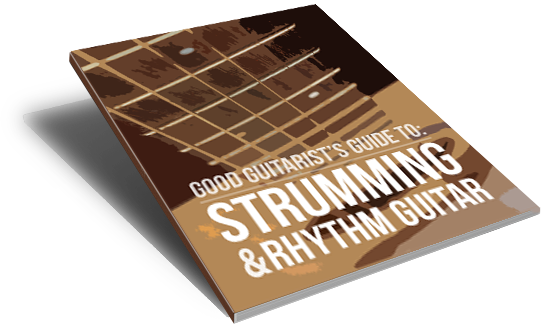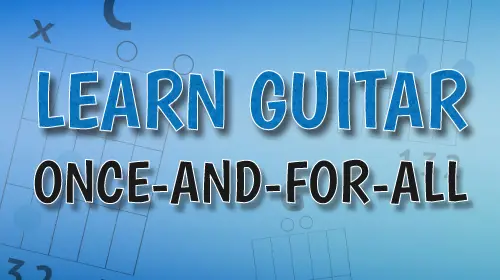The 8 Basic Guitar Chords Everyone Starts With
Learn how to play the 8 guitar chords that you need to know as a beginner guitar player.
These beginner chords for acoustic guitar are essential no matter your goals. Every guitar player should know these (and learn them first!) as they will allow you to play all those easy acoustic guitar songs everyone should know how to play! And it’s not just about memorizing the beginner chords – I want to show you a neat way to play and switch between them so you can USE them fast!
► Worksheet included on page 17 of FREE EBOOK!
TABLE OF CONTENTS
0:00 – INTRO
0:41 – The 8 Must Know Chord Shapes
1:38 – Using The Correct Fingers
2:24 – How To Play The E Chord
3:24 – Making Clean Accurate Chords on Guitar
5:06 – The E minor Chord (Em)
6:24 – Drag It Down To Play A minor (Am)
7:22 – Move 1 Finger To Play C
8:34 – The C Chord is HARD!
9:20 – The D minor Chord (Dm)
11:05 – The Difference Between Major vs Minor
13:13 – Muting Excess Strings
14:12 – How To Play The G Chord
15:27 – The A Chord
17:11 – Switching Tips & Tricks
The 8 shapes all guitarists should know are: C A G E D Am Em Dm. The lesson begins with our fingers – knowing where to put them and how to place them. From there we learn the E chord, which is the easiest “real” chord on guitar.
We work on some strategies for making clean chord shapes (placing your thumb properly, pressing close to the fret, posture, and all that good stuff) and then move on to the Em chord. From there, we drag our shape over and add a finger to make Am.
Changing 1 finger gives us C – and before we go further I’d like to point out that C is one of the toughest “beginner” chords on guitar. We discuss some strategies for avoiding fret buzz with the C chord, and then we “transform” it into our next shape: Dm.
Dm transitions into D with just a 1 note difference, but based on the fingering we need to change a few things around. This is a great time to talk about the difference between major and minor chords. They are usually 1 finger different because those chords are just 1 note apart!
We also discuss muting excess strings, which is one of the most important tools for successful strumming, before moving on to the D, G and A chords, which are some of the most useful out of the bunch.
The lesson concludes with a chain of chord shapes that you can play, that’ll help you memorize them all. Each is 1 movement or 1 finger away from the next, and it cycles around so you can play it over and over again and build that muscle memory.
If you want a written version of everything we do in this lesson, you’ll find it on Page 17 of my free eBook
Enjoy!
-James


